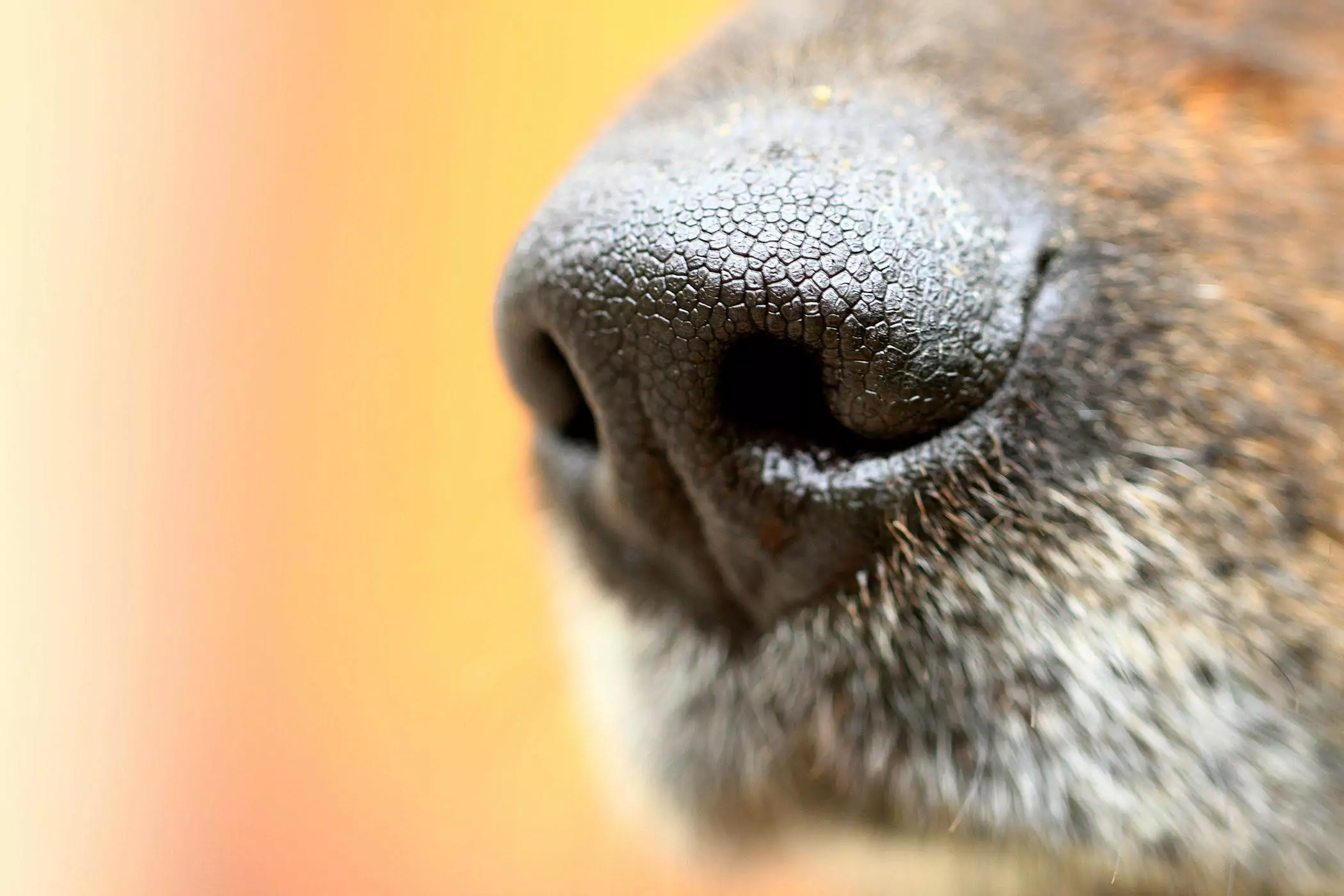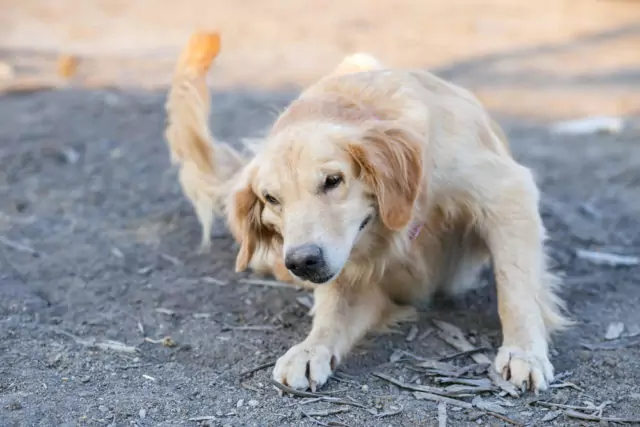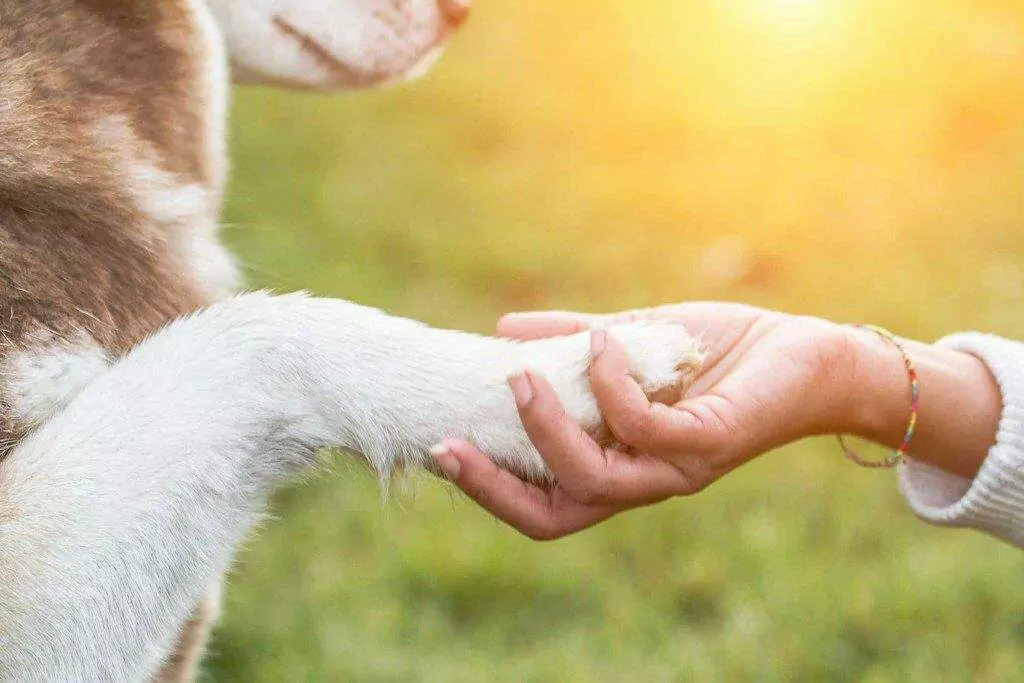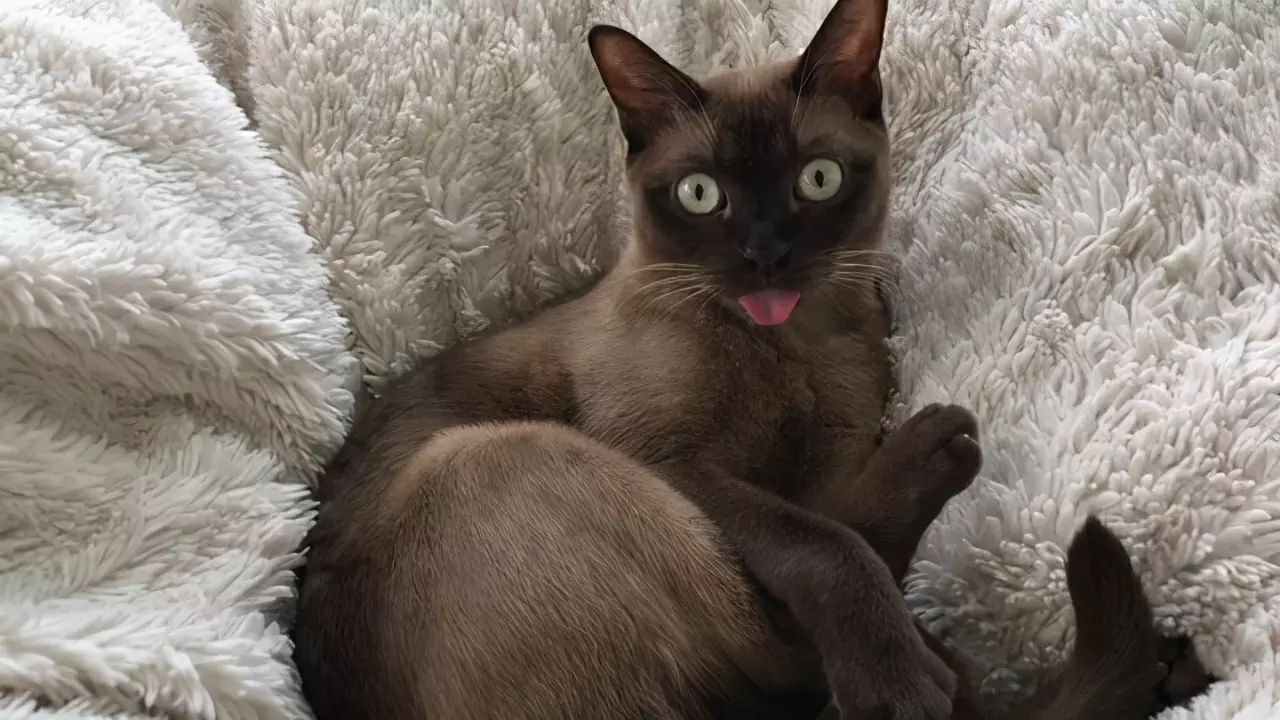Why is the cat's tongue rough?
2022-08-04
I. How can a cat's tongue be so amazing? Not only can it brush hair, but it can help humans work out combs
Do you remember the first time you were licked by your cat? You may be surprised at how it felt at the time, why was it so rough? It was like a layer of sandpaper instead of a tongue. That's because all cats have rough tongues. They are characteristically very long and flexible and can reach almost any part of the body. So if you're wondering if it's normal for a cat to have a rough tongue, the answer is yes. But what is the use of such a rough tongue? Meow Medicine will answer this question and some others in this article: Why is a cat's tongue so rough? What have scientists invented with their tongues?
Let's first understand the cat's tongue
Before we explain why the cat's tongue is so rough, it is important to understand the anatomy of the cat's tongue. For, the tongue is part of the digestive system, a muscular organ located mainly in the mouth, with its tail extending to the beginning of the pharynx. In this way, just like in humans and other animals, the tongue plays a fundamental role in the chewing process. In addition, its entire surface is covered with a layered epithelium laid into keratin with tastable and sensitive sensors.
The tongue is composed of three different parts.
The tip of the tongue corresponds to the tip. At the central part of the tip is the oral cavity known as the lingual tract.
The main part of the tongue is located in the center of the tongue, near the molars.
The root of the tongue refers to the area closest to the pharynx.
Although all animal species have these parts, there are distinct differences in form from one animal to another. Moreover, the lingual papilla is the other most relevant component of the tongue, and the type and number of papillae change from moment to moment in each species.
However, it is this taste bud that gives cats such an exquisite flavor. If you have lived with a cat for a long time, you may have realized this, they are also not receptive to any food. This is because cats feel the taste of each food very strongly. For them, eating is very important, from the smell of the food to the texture and of course the taste. Cats, unlike most dogs, will only eat what they find tasty.
But... Why is a cat's tongue so rough?
Cats have a barb-like structure on their tongues that can feel very rough when licked, the sandpaper feeling we often refer to. This barb structure is a so-called conical papilla formed by keratin, the conical papillae being the same substance that makes up nails and hair. These spines have an obvious function: they can act as a comb. They can serve to help with hair care, remove dead skin, and clean the hair and teeth. They have other advantages, it also facilitates the growth of the hair. Therefore, it is necessary to pay attention to the behavior of the cat, and the pooper scooper should be diligent in brushing the cat and visit the veterinarian before any abnormality occurs.
Another function of the tapered nipple is to help the cat more easily remove meat attached to the bones of its prey. Cats are natural hunters, and as such, they need certain features to enhance this activity and make it as easy to eat as possible. Of course, domestic cats no longer need to use their tongues for this purpose unless the pooper scooper is on a homemade diet, but many of them still retain their hunter instincts and will not pass up the opportunity to catch small animals like mice or birds once they have the chance.
Other functions of the cat's tongue
In addition to the functions mentioned above, the reasons for the roughness of a cat's tongue are also related to these, for the following reasons.
1, to drink water. Unlike humans and other animals, cats do not use their lips to drink, but use their tongues as a tool to drink, usually requiring multiple licks of water. If you've never noticed before, remember to look at your cat the next time he or she drinks to see exactly how he or she drinks. You'll be curious, yo! If your cat doesn't seem to like water much, Meow Medicine has a previous article on this condition, check it out!
2, perceive the taste of food. As we said, cats have taste buds all over their tongues, allowing them to distinguish more nuances than we do. In this sense, most cats usually prefer salty foods.
3, Control of body temperature. When a cat's body feels overheated, it can pant to cool its body and balance its body temperature. Therefore, it expels heat through the water produced in the mucous membrane of the tongue, throat, and mouth. Thus, exhaling air and absorbing the absorbed vapors helps them cool down.
These keratin-based filamentous papillae have U-shaped depressions at their tips that allow cats to suck saliva from their mouths onto their fur, thus helping them to regulate their body temperature and cool down. Each of these papillae can carry one-tenth of the saliva spit by the dropper, half of which is deposited on the hair. The papillae spread saliva along the roots of each hair, allowing it to penetrate the cat's body and thus cool the skin. According to this study, saliva alone can meet 25% of a cat's cooling needs.
This useful, method is not limited to domestic cats. Researchers studied tongue tissue from six different species (bobcat, cougar, snow leopard, tiger and lion, and domestic cat) and found similar structures.
Surprisingly, the benefits of the cat's tongue are so great, so how does it help in scientific research?
As it turns out, several research institutions are currently conducting a series of studies on the function of the cat's tongue.
As part of the research, researchers created a flexible "tongue-inspired grooming" brush with the help of a papillary 3D model of a domestic cat, which they found to be easier to clean than a typical human hairbrush. All it takes is a pair of tweezers to get the hair out of the stiff bristles of a typical comb (the wavy ridges on the roof of the cat's mouth may work for the animal itself).
Look, this is the thing, yo~
The brush has a variety of potential uses. Because it has a nipple-like structure, it can be used to apply liquids to the cat's skin. This may be helpful for topical application, but it may also be a way to remove the allergens they produce that can bother humans. In the future, it may also be possible for humans to use something like a nipple-shaped hairbrush. For example, you could imagine using it to brush hair wax evenly through the hair. The researchers believe that this structure "may provide inspiration for robotics and biologically inspired technologies to sort, clean, and deposit fluids into arrays of hairs and flexible filaments."
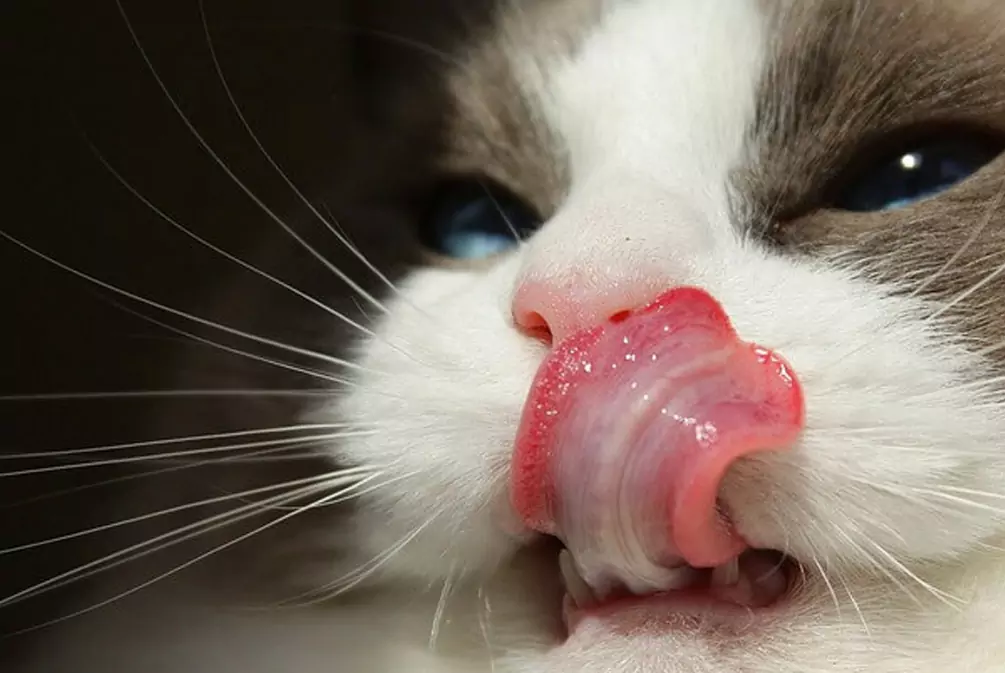
II. Cats have a rough tongue because of barbs, so what are the effects and drawbacks of these barbs
The dog is enthusiastic and lively, and always likes to lick the owner with its big smooth tongue, but the owner doesn't want to stick a face to the dog's saliva and will reject the dog's behavior like this; then look at the cat is much more reserved, and most cats only lick their fur, and will not lick the pet owner's face as enthusiastically as the dog does, but being licked by the cat, you will know what it is like.
The cat's tongue is not as smooth as the dog's tongue, and not so much saliva, its tongue is rough because of the barbs on the surface of the cat's tongue, I believe the pooper scooper should also have observed the cat's tongue, wondering the appearance of a gentle and sweet cat, the tongue is surprisingly like a needle will sting people. The cat's tongue has a lot of backward curved white barbs, the middle is longer, the surrounding shorter, looking dense, not very friendly to dense phobics, but as long as you do not deliberately come over to observe is not to see.
The barbs on the cat's tongue are formed through various evolutionary specializations, its prototype is the tongue papilla, we also have a human tongue, usually used to taste the taste buds mostly exist on the tongue papilla, the shovel can also spit out the tongue in the mirror, hang the tongue, will see a lot of tongue papilla small particles, and the barbs on the cat's tongue are the evolutionary performance.
The cat tongue will produce such evolution also to make them more adapted to the survival environment, just like the same species, if placed in places where the climate and environment are different, after a certain period, they will also evolve into a different species altogether, all to adapt to the environment they live in; for example, the six fingers of the national treasure panda, which allows the giant panda to grasp bamboo poles and leaves smoothly, the barbs formed by the specialization of the cat tongue papillae. The surface is covered with keratin, which makes the barbs stronger and sharper.
Cats' tongues do have several important roles for them, starting with food satisfaction. The cat's teeth mainly tear the meat rather than block it, the barbs on the tongue have an auxiliary swallowing role when they eat, and these barbs can help the cat to sweeten the meat in the crevices of the bones, especially when the cat eats fish, the fish bones are complicated, and the cat can gnaw the fish clean.
The second is to effectively clean the hair. Pet owners can see every day that the cat will always lick their hair, because of the barbs on the tongue, the cat in the licking process can comb the hair very soft, but also remove the dust, dead hair, dander, and other debris in the hair, so we see the cat is always spotless, are the presence of barbs, cleaning stronger; pet owners will find that after the bath the cat will also lick the hair, because after the bath will The cat's smell are washed away, cats are olfactory animals, the smell as if they are their business card, by licking to re-mark their taste.
The third is interaction. Cats grooming can do self-cleaning, but also has a social significance, if there are two cats at home, they are still in a very good relationship, they will find that they will also lick each other's hair, leaving their smell on each other, swearing sovereignty; there is also a kitten was just born without the sense of self defecation, the mother will lick the kitten's tail after they eat to eat well, the barbs on the tongue can produce a certain amount of cat The barbs on the tongue can be stimulating to the cat and help defecate, but they will not hurt the cat.
It seems that the cat's tongue is rich in this role, but these barbs also have advantages and disadvantages, and there are certain risks for the cat. The direction of these barbs are pointing back, the cat will have some help in eating and swallowing, but the cat will be more difficult to spit out, the cat licks the hair, foreign objects, etc. will stick to the tongue, which not good discharge, can only be swallowed in the stomach to form a hairball if the cat accidentally eat something is also difficult to spit out.
So for these safety hazards, pet owners should also be prepared, the home may let the cat swallow things are put away, indoor human hair and cat hair should be cleaned up promptly, some have feathered tease stick in time after playing put away, to avoid cat accidentally eat.
Previous:Why is a cat better than a dog?
Next:Why do cats purr?
Was this article helpful to you?
Other links in this article
English:
Why is the cat's tongue rough?
Deutsch:
Warum ist die Zunge der Katze rau?
español :
¿Por qué la lengua del gato es áspera?
Italiano:
Perché la lingua del gatto è ruvida?
Nederlands:
Waarom is de tong van de kat ruw?
Polskie:
Dlaczego język kota jest szorstki?
Português:
Porque é que a língua do gato é áspera?
português (Brasil):
Por que a língua do gato é áspera?
русский:
Почему у кошки шершавый язык?
日本語:
なぜ猫の舌はざらざらしているのか?
中文简体:
为什么猫舌头粗糙?
中文繁体:
為什么貓舌頭粗糙?
Comments
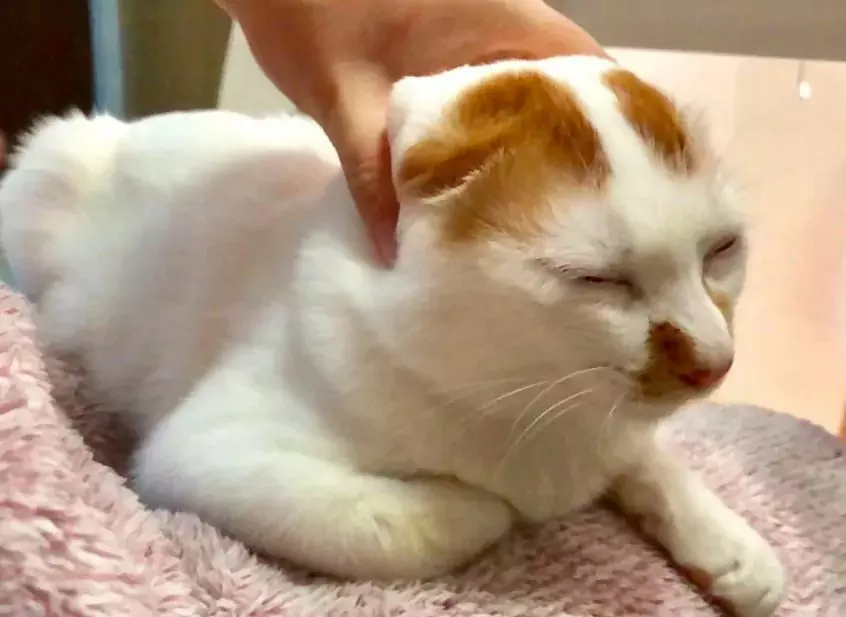
Why do cats sleep so much? How long do cats sleep in a day? Cats' sleep cycles, sleep habits, and dreaming

Why is my cat losing its hair?
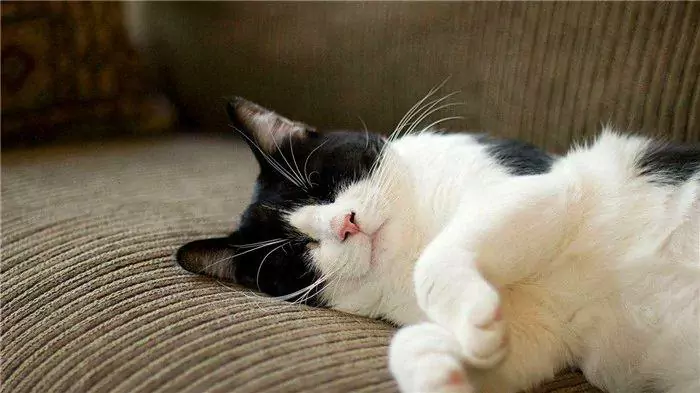
Why do cats purr?
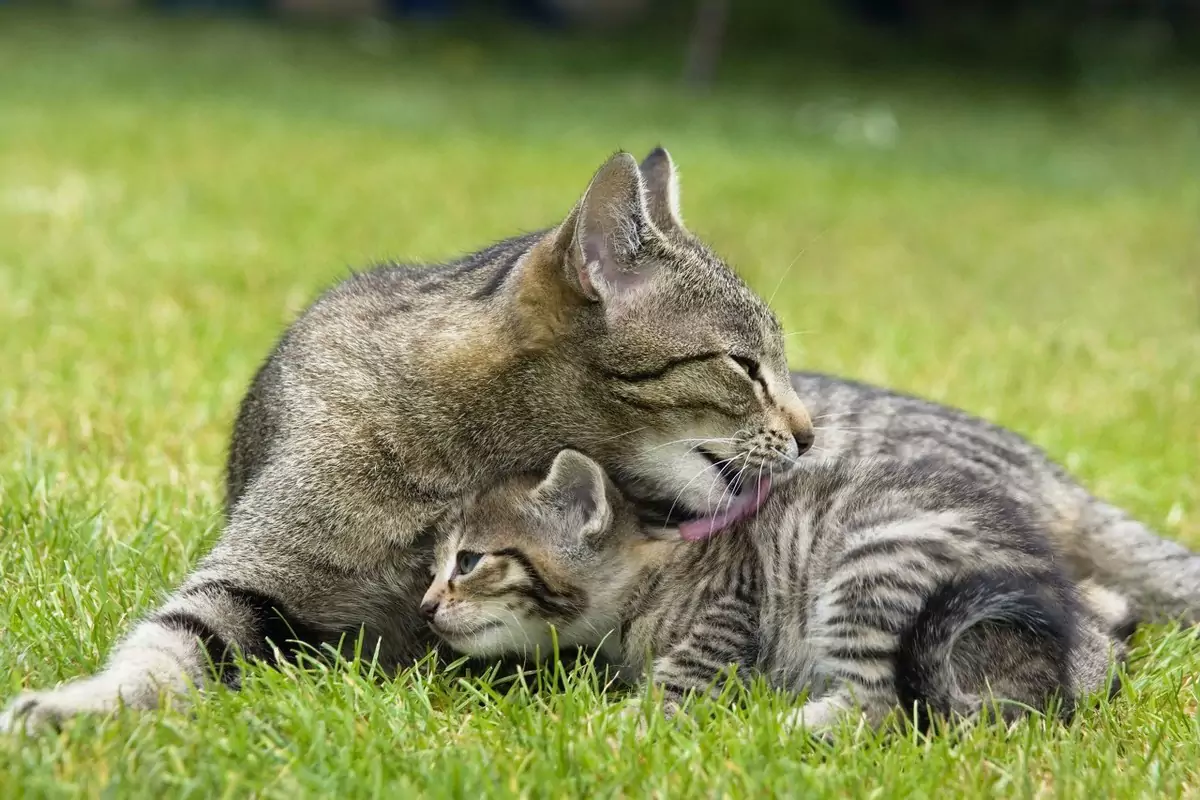
Why do cats groom each other?
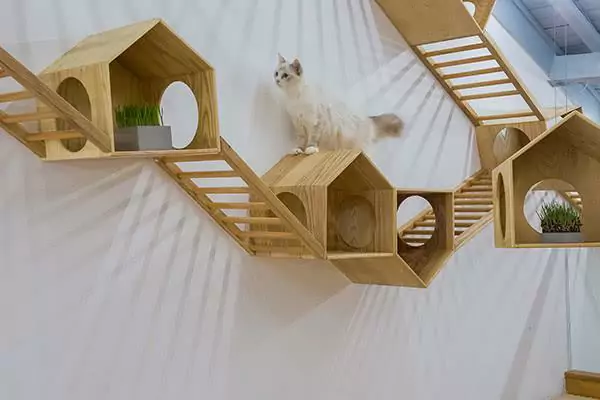
How long do cats live indoors? Do cats get lonely?
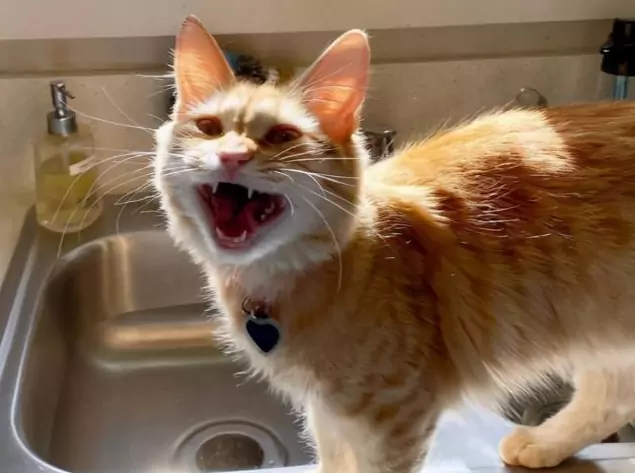
Why do cats make hissing noises? The origin of the hissing sound of cats
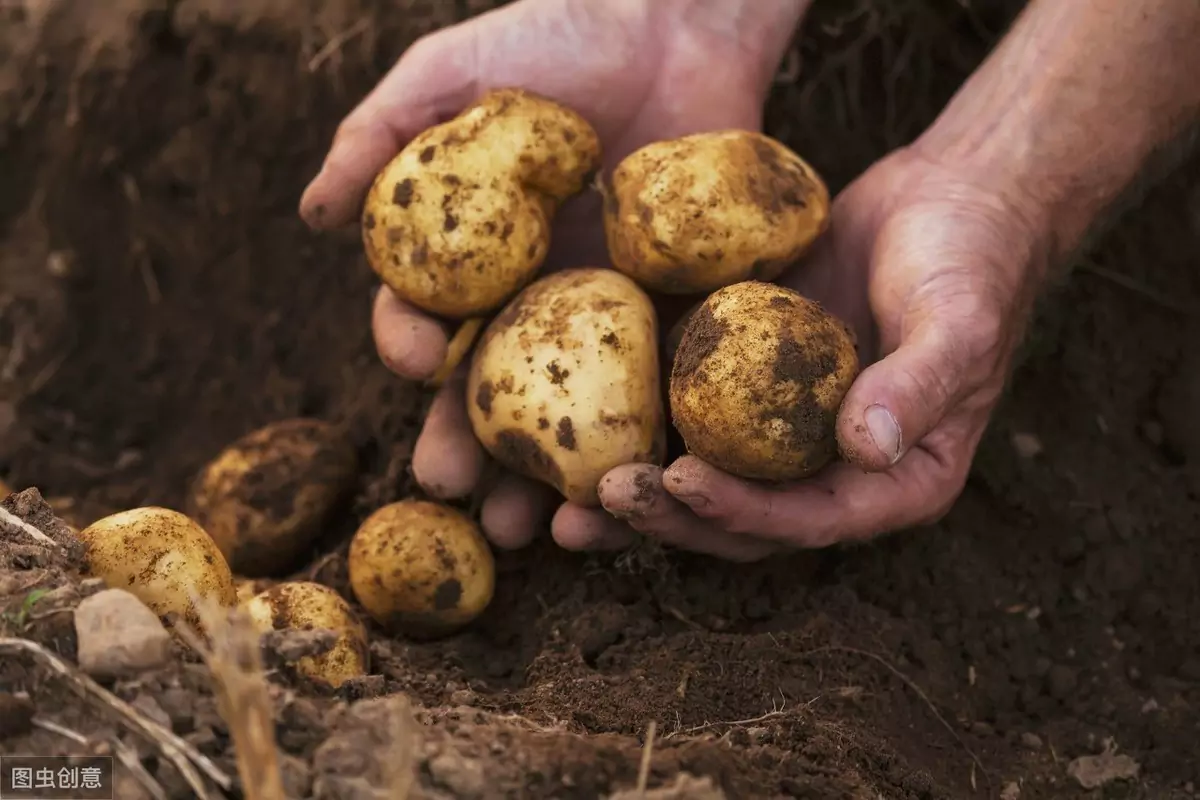
Are potatoes toxic to cats? What causes the onset of potato sprout poisoning in cats?
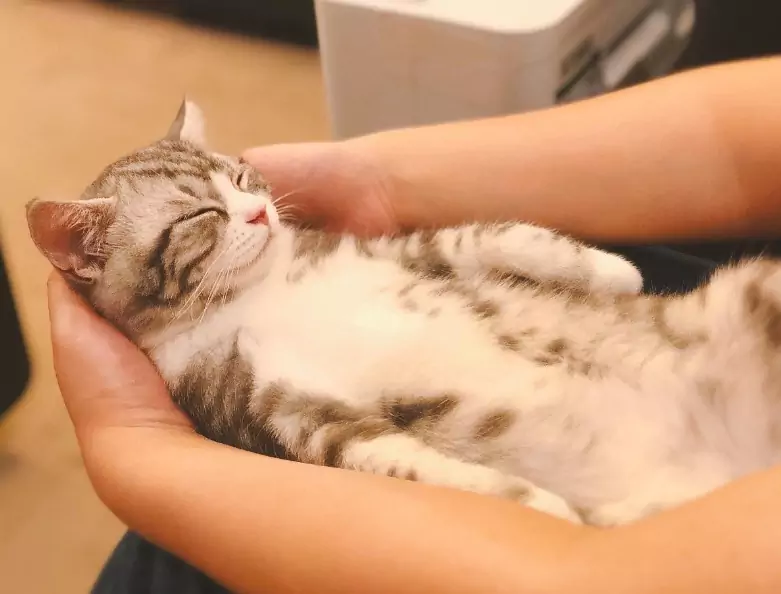
Why does my cat sleep on top of me? Reasons why cats like to sleep next to their owners
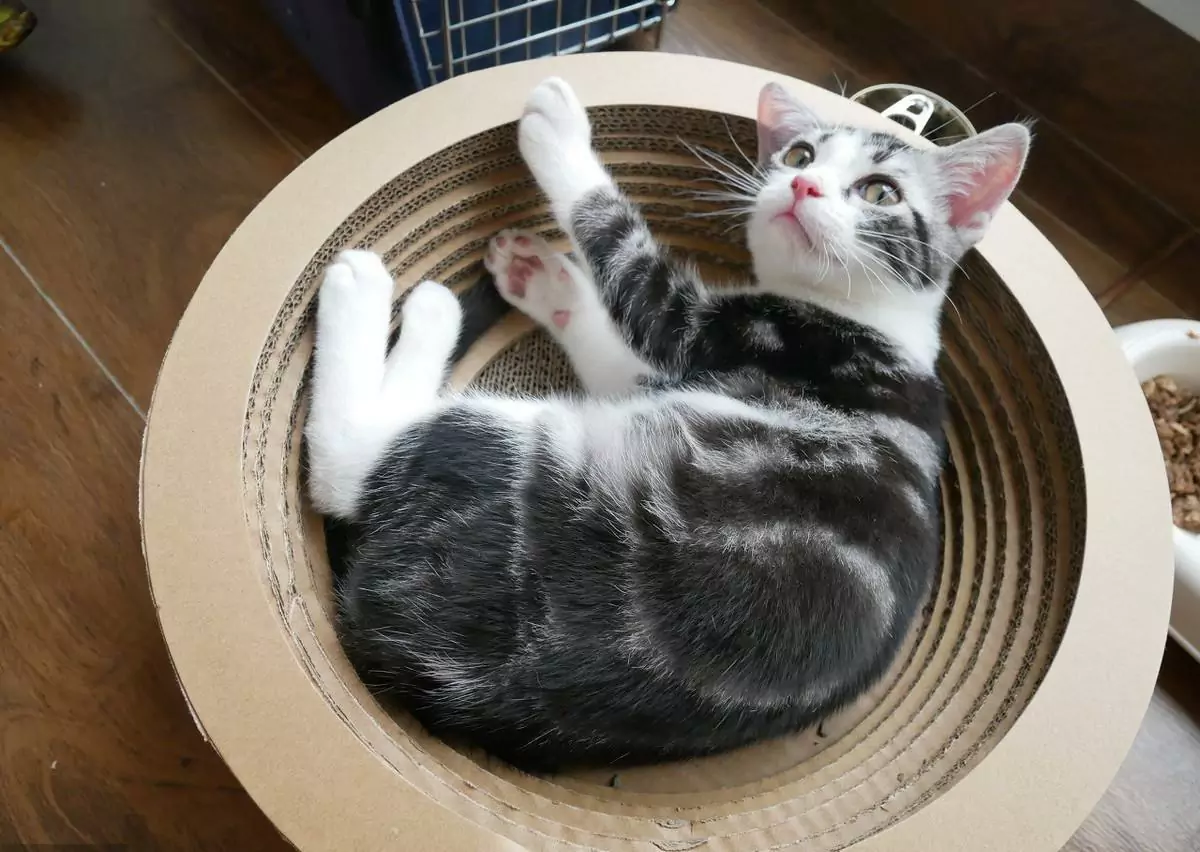
How do make cats like you? How to get cats to like us is quite simple
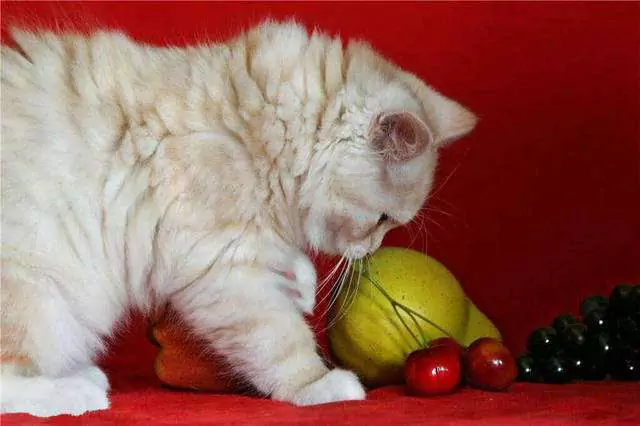
Can cats eat grapes? Why can't cats eat grapes?







